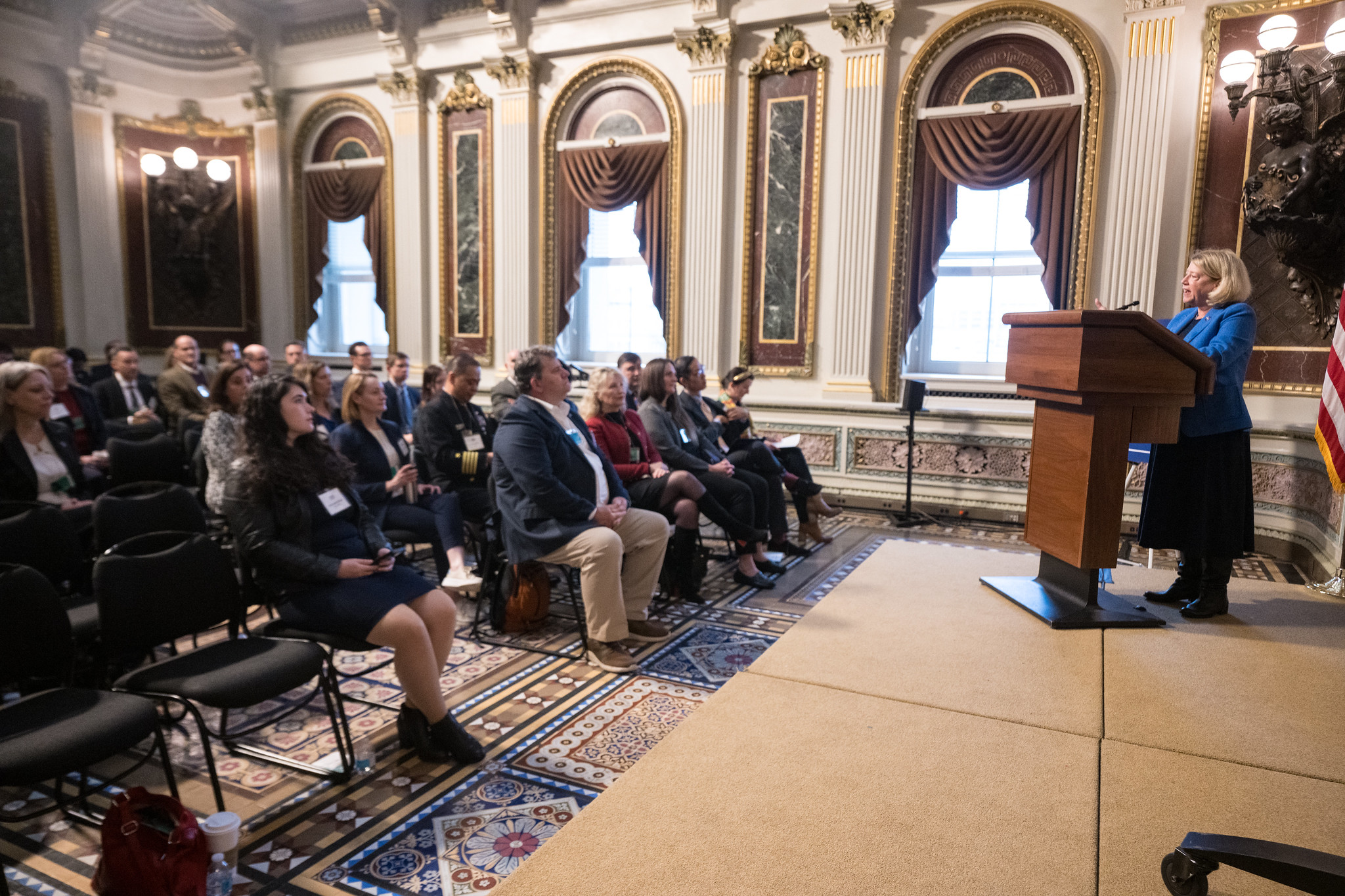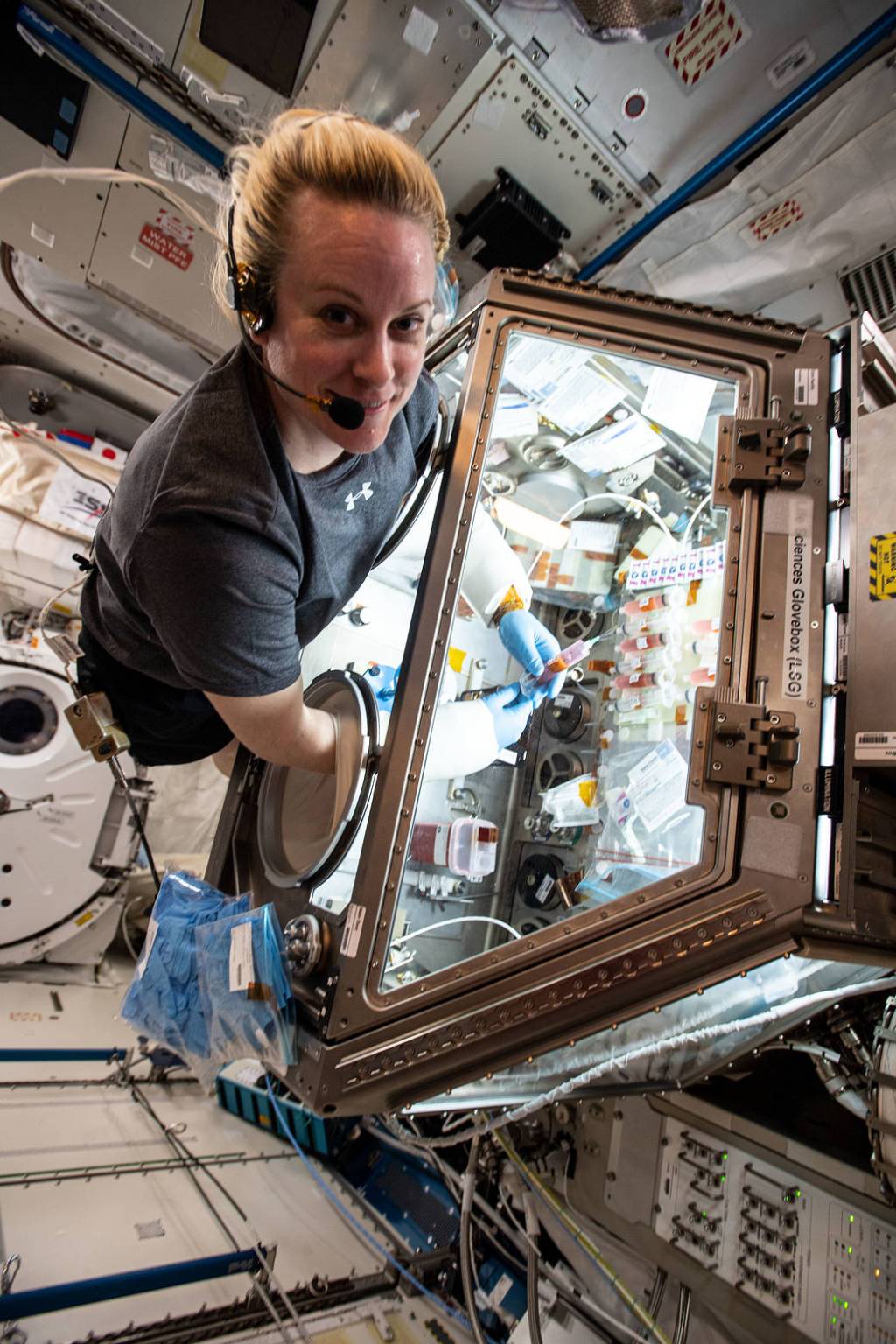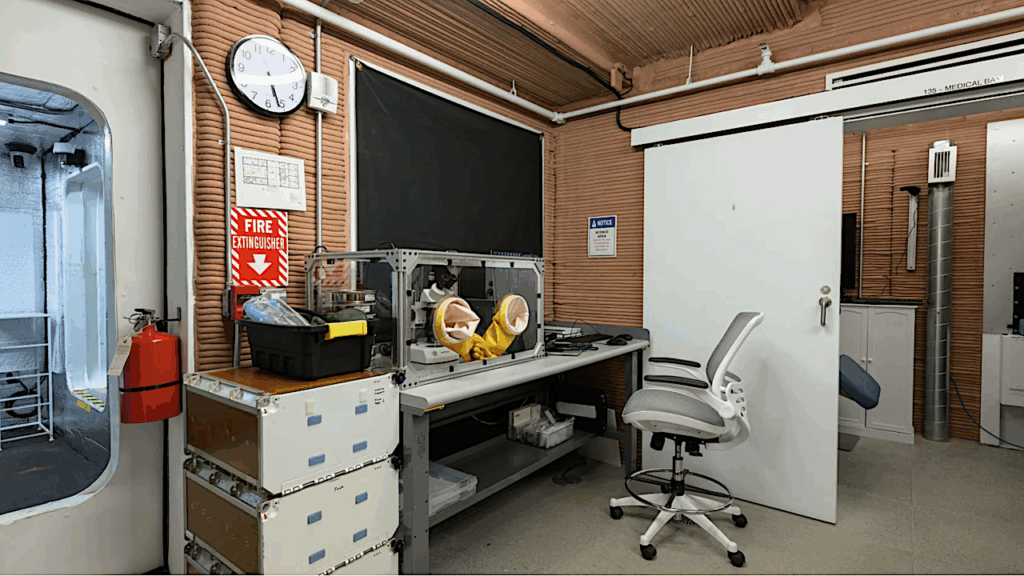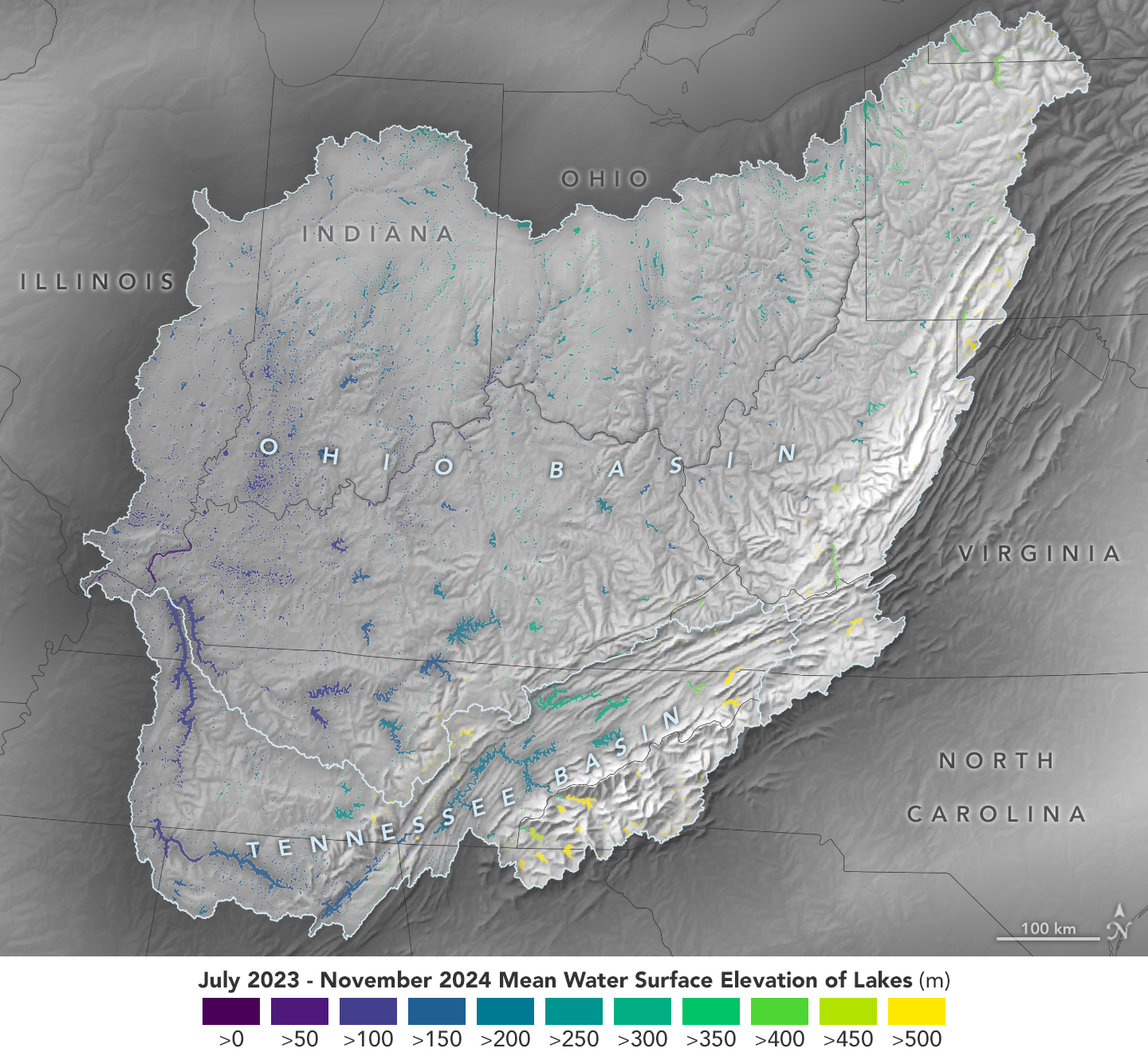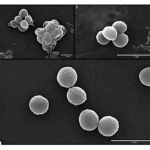Now Reading: NASA Participates in Microgravity Science Summit
-
01
NASA Participates in Microgravity Science Summit
NASA Participates in Microgravity Science Summit
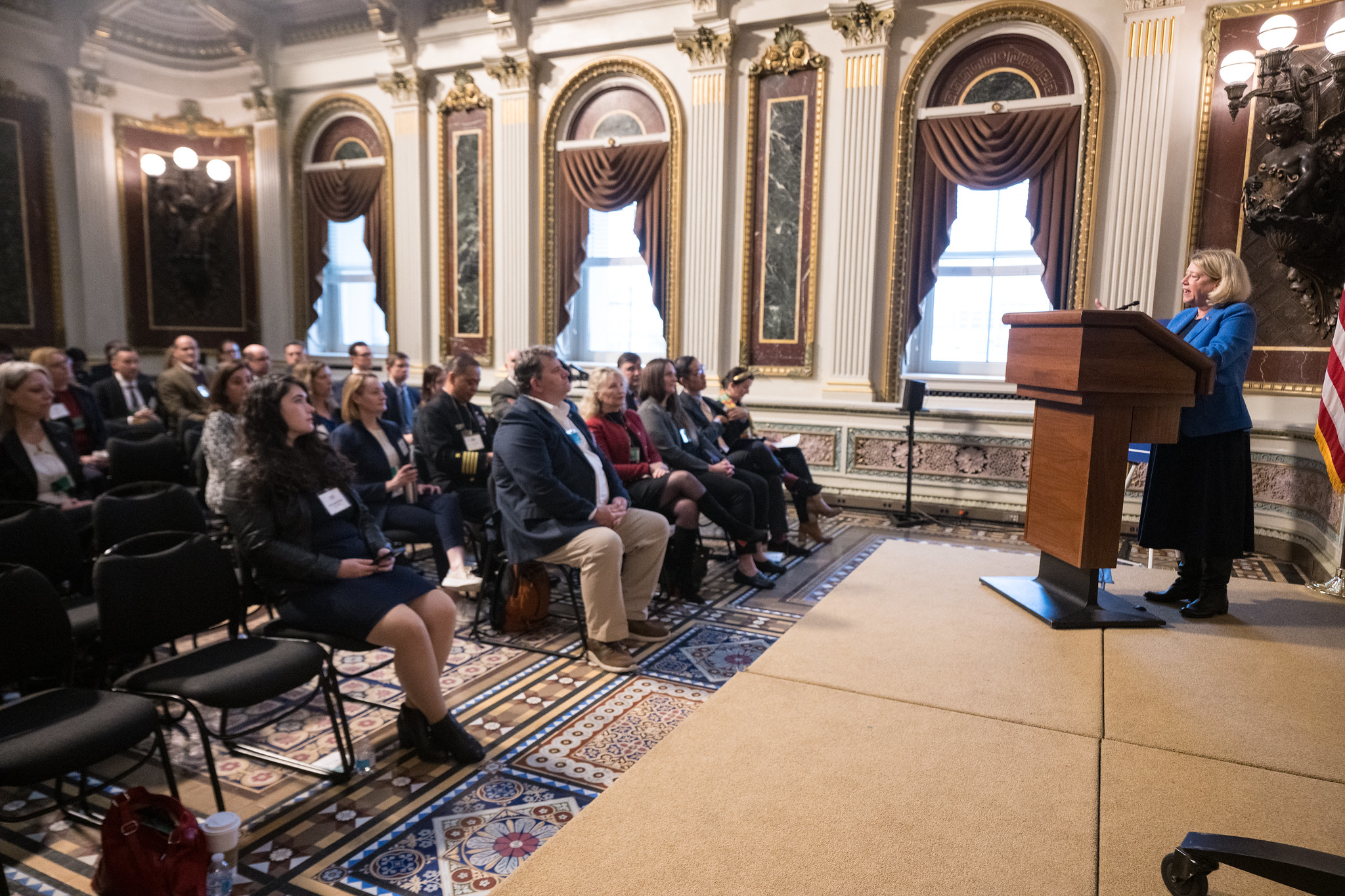
3 min read
Preparations for Next Moonwalk Simulations Underway (and Underwater)
NASA leadership participated in the White House Office of Science and Technology Policy’s Microgravity Science Summit (OSTP) on Dec.16 focused on sharing information with leaders across the U.S. federal government about the benefits of microgravity research. During the summit, NASA Deputy Administrator Pam Melroy, OSTP leadership, and others highlighted the importance of the government coming together to understand the transformative power of microgravity and lay the foundation for the next generation of research and innovation.
“The value of microgravity research has never been clearer. This unique environment offers us the chance to explore fundamental questions and test cutting-edge ideas in ways that simply are not possible under the constraints of Earth’s gravity,” said Melroy. “NASA has long been at the forefront of microgravity research, working in collaboration with a growing network of government partners, international space agencies, commercial partners, and academic institutions. Together, we have established a strong foundation for microgravity science aboard the International Space Station, but our work is far from finished. In fact, it’s only just beginning.”
The theme of the summit, “Building a Coalition for the Next Generation of Microgravity Research,” covered work currently being completed on the International Space Station to bring benefit back to Earth, open space to more people, and allow humans to travel farther into space for exploration. Leaders also heard about NASA’s plan to continue the work into the future on commercial space stations and build on the government’s efforts to maintain a national research capability in orbit.
In 2023, the Biden-Harris Administration released a National Low Earth Orbit Research and Development Strategy to provide an interagency strategy and action plan to enable U.S. government-wide collaboration and support of public-private partnerships to ensure continuity of access and sustainable low Earth orbit research and development activities. The strategy supports the United States Space Priorities Framework with a focus on scientific and technological innovation, economic growth, commercial development, and space-related STEM education and workforce development. The summit also included discussion on the great strides and potential for the future in cancer research, semiconductors, wildland fire management, and in space production applications.
“The key to success will be collaboration,” said Melroy. “What we are doing is building a vision for the future—one where microgravity is not a niche area of study, but an essential part of the scientific toolkit for tackling our biggest challenges, helping to improve our national capabilities and posture. A future where space isn’t just a far-off and mysterious destination—it’s an environment for collaboration, discovery, and progress.”
On Dec. 16, NASA also released its Low Earth Orbit Microgravity strategy outlining the agency’s long-term approach to advance microgravity science, technology, and exploration.
Stay Informed With the Latest & Most Important News
Previous Post
Next Post
-
 012024 in Review: Highlights from NASA in Silicon Valley
012024 in Review: Highlights from NASA in Silicon Valley -
 02Panasonic Leica Summilux DG 15mm f/1.7 ASPH review
02Panasonic Leica Summilux DG 15mm f/1.7 ASPH review -
 03How New NASA, India Earth Satellite NISAR Will See Earth
03How New NASA, India Earth Satellite NISAR Will See Earth -
 04And Thus Begins A New Year For Life On Earth
04And Thus Begins A New Year For Life On Earth -
 05Astronomy Activation Ambassadors: A New Era
05Astronomy Activation Ambassadors: A New Era -
06SpaceX launch surge helps set new global launch record in 2024
-
 07Space Force plans new ‘Futures Command’ amid pressure to speed up modernization
07Space Force plans new ‘Futures Command’ amid pressure to speed up modernization


